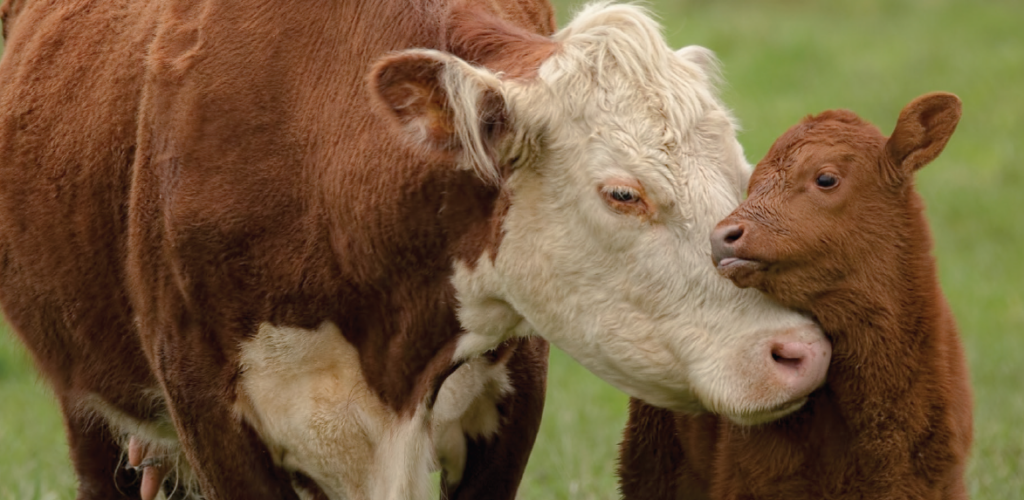If you can’t escape the sound of bellering cows and calves, it must be weaning season. Weaning can be a stressful time of year, but it can also be a good time to reflect on your process of raising calves.
Did you know that 30% of beef calves do not receive adequate colostrum on the first day of life? That means that approximately 1 in 3 calves have failure passive transfer of immunity. Let’s discuss the negative impacts that failure passive transfer has on calves all the way out to weaning.
- Calves that do not receive enough colostrum at birth gain weight at 2/3 the rate of calves that had adequate antibody absorption. This means you may have some calves that wean lighter than expected.
- If a calf fails passive transfer their feed efficiency will be reduced by upwards of 50%. This is huge cost to you especially with high-cost commodity. That calf that fails passive transfer must eat much more feed to achieve the same weight gain.
- Calves with failure passive transfer are more susceptible to disease! Calves that have FPT are 9.5 times more likely to become sick.
a. Several studies show calves treated for pneumonia or scours are more likely to be culled or leave the herd early.
b. Similar studies showed calves treated for scours are almost three times more likely to calve after 30 months of age.
c. Another study showed heifers who never needed to be treated for respiratory disease were twice as likely to have a calf as treated heifers.
While you’re weaning this fall, think about ways that you can improve your newborn calf management to better your calf health and performance. Colostrx can help!
